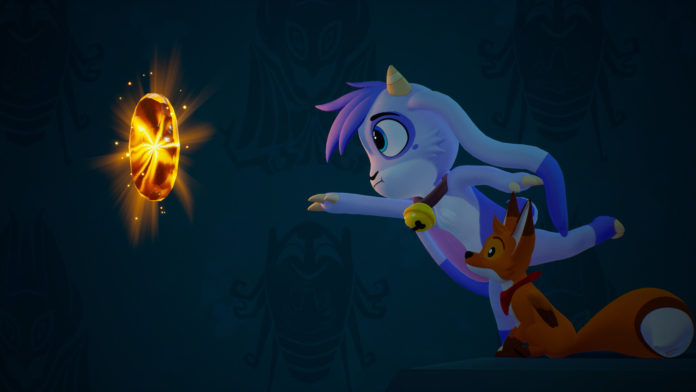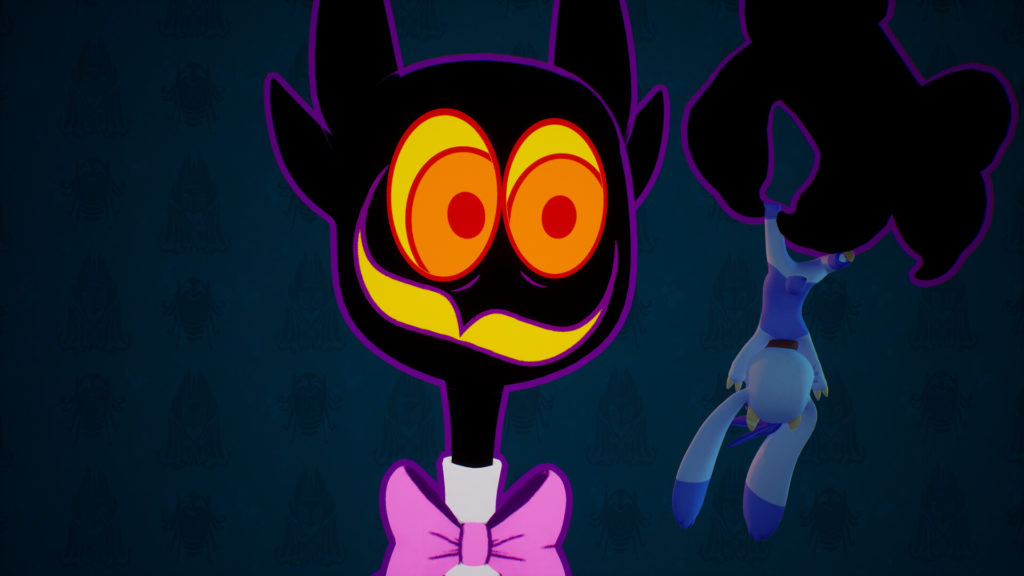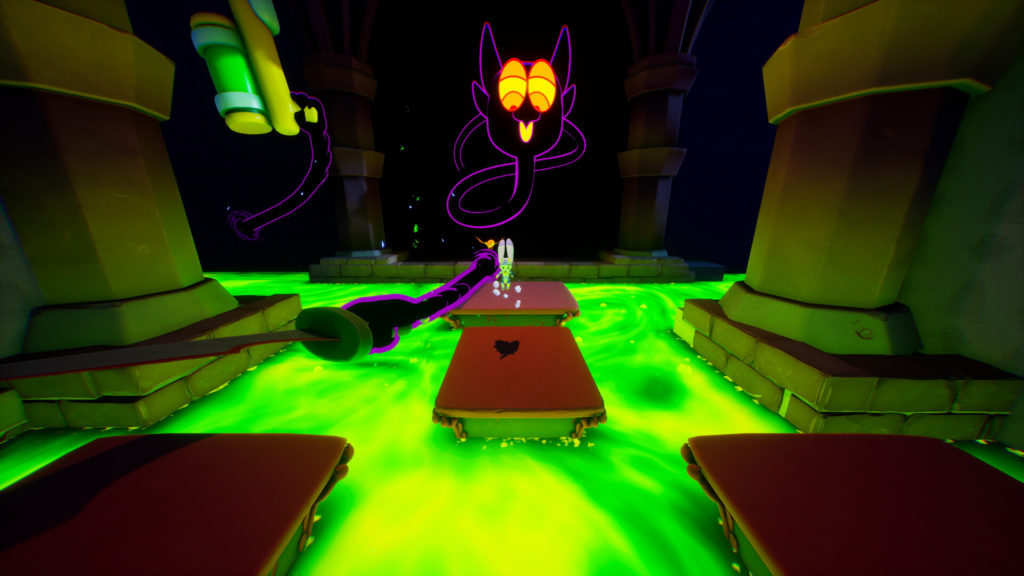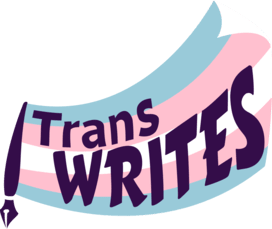
“At its core, Billie Bust Up seems to be a fairly simple 3D mascot platformer. Levels involve jumping across platforms, collecting collectables, and navigating throughout environments. It is however when you reach one of the game’s boss fights that the game’s strengths really start to shine through.” Laura Kate Dale writes;
Of all the video games I played at Gamescom 2023, Europe’s largest video game convention which took place last week, the one that stuck with me most was not one of the AAA titles with a huge elaborate booth on the main show floor.
Tucked away in the indie zone, away from the big budget extravagance, I got to play a demo for a game called Billie Bust Up, and I can’t stop thinking about how charming the experience was.
In Billie Bust Up, you play as Billie, an anthropromorphic non-binary aroace billie goat (she/they), on a musical quest through an unfamiliar world full of other anthropromorphic animal characters, many of whom wish you ill, and express as such in elaborate musical boss battles.
At its core, Billie Bust Up seems to be a fairly simple 3D mascot platformer. Levels involve jumping across platforms, collecting collectables, and navigating throughout environments. It is however when you reach one of the game’s boss fights that the game’s strengths really start to shine through.

Take, for example, the Gamescom demo for Billie Bust Up, in which Billie attempted to steal a gemstone belonging to Barnaby (He/Him/Any), a ghostly owl and genderfluid party animal who mistakes Billie for a party guest. The problem, the party Barnaby is throwing is for ghosts, and as such the only logical solution is attempt to kill Billie in a multitude of creative ways, so that they can join in the festivities they are so clearly attending to be a part of.
The cutscene setting up the boss fight was really polished in its animation, both in terms of pacing and expressiveness. I really appreciated the exaggerated nature of the game’s visual presentation, and was really impressed by the level of visual polish on show in the title.
The boss fight itself involved Billie running away from Barnaby, jumping over hazards and attacking enemies, all in time with an incredibly catchy song about ways a person could be comedically murdered, each of which manifests as a threat in the boss fight as the song describes its occurrence.
Not only is the music incredibly catchy, but the way that the platforming challenge feels so thematically tied to the music, not just rhythmically, which really helps tie the whole experience together in a way that’s hard to understand without giving it a go, or at the very least watching playthroughs of the boss fight until its accompanying musical number is stuck in your soul.

While not available to play at Gamescom, I have actually played through one other boss fight from the game previously, the Fantoccio boss fight that was made available to demo a few years ago when the game was originally listed on Kickstarter for initial funding.
That boss fight involves you trying to avoid the advances of a puppet master, attempting to control Billie’s physical actions to prevent seemingly their interference with a grand theatrical performance of some sort. Again, while challenging, the boss fight lines up beautifully with its musical accompaniment, really showcasing the game’s understanding of what it does best.
Speaking to the game’s developers at Gamescom, one thing I was really pleased to learn was that, while designed to be tough and challenging, Billie Bust Up will feature a host of accessibility settings offerings to help ensure players of varying skill levels, as well as disabled players, can enjoy the experience. From including high contrast visuals for low vision players, to including mid boss fight check points, my favourite accessibility option detailed might be “no insult mode”, in which dialogue lines from characters mocking you, the player, for failing to progress in a boss fight are made more generic, to avoid making a player who is struggling from feeling bad as they persist in attempting to advance.
I am going to be honest, the fact that Billie Bust Up contains non-cisgender characters is cool, but is not why I want to tell you about it. It’s a cool fact that happens to exist, but it is far from a defining aspect of the experience. I love that your tutorial mentor in this world is a gay autistic non-binary axolotl for example, but that’s not why the game is so high on my list of game recommendations from Gamescom this year,
Representation is awesome to see, but I kind of think super catchy songs about ways a flamboyant ghost owl might try to murder you are honestly equally important to me when it comes to finding cool games to recommend.
This article was funded by LGBT+ Futures: Equity Fund is a two-year £786,000 partnership between Consortium and The National Lottery Community Fund, designed to help community-led and grassroot organisations supporting some of the most under-represented and marginalised LGBT+ communities. Read more here.










